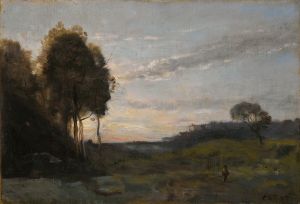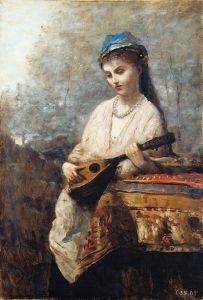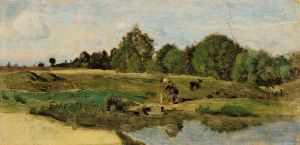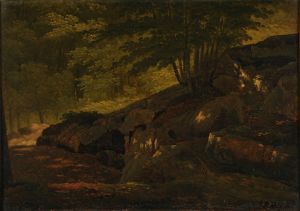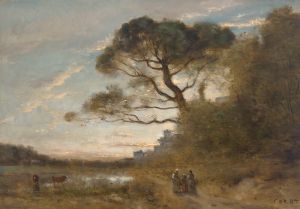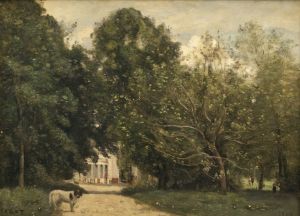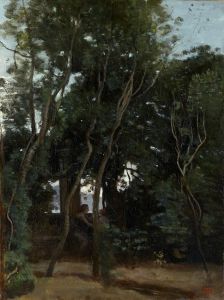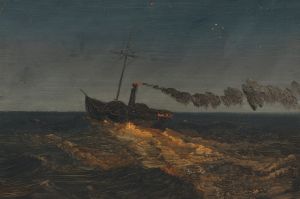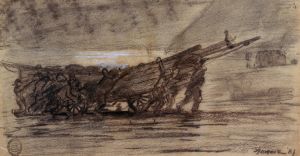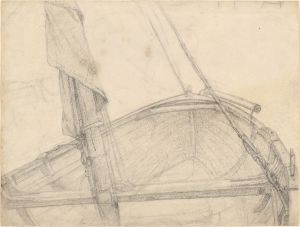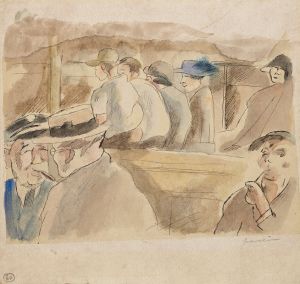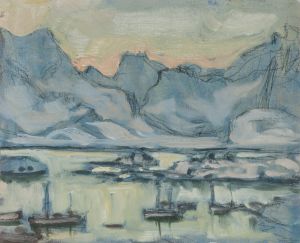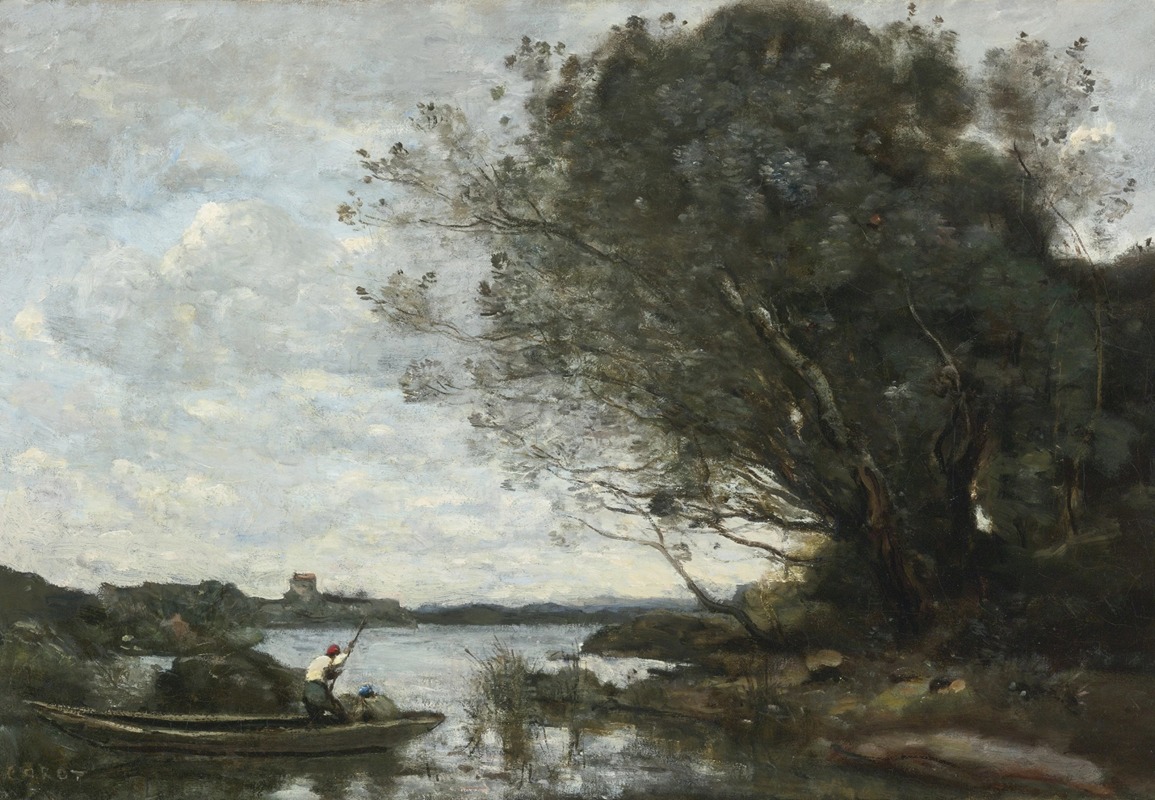
Le bateau chargé de foin
A hand-painted replica of Jean-Baptiste-Camille Corot’s masterpiece Le bateau chargé de foin, meticulously crafted by professional artists to capture the true essence of the original. Each piece is created with museum-quality canvas and rare mineral pigments, carefully painted by experienced artists with delicate brushstrokes and rich, layered colors to perfectly recreate the texture of the original artwork. Unlike machine-printed reproductions, this hand-painted version brings the painting to life, infused with the artist’s emotions and skill in every stroke. Whether for personal collection or home decoration, it instantly elevates the artistic atmosphere of any space.
Jean-Baptiste-Camille Corot was a pivotal figure in landscape painting during the 19th century, known for his ability to blend the traditions of classical landscape painting with the emerging styles of his time. One of his notable works is "Le bateau chargé de foin" (The Boat Laden with Hay), which exemplifies his skill in capturing the serene beauty of rural life and nature.
Corot was born in Paris in 1796 and became a leading figure in the Barbizon School, a movement that emphasized naturalism and paved the way for Impressionism. His works are characterized by their soft, atmospheric quality and a keen observation of light and shadow. "Le bateau chargé de foin" is a testament to these qualities, showcasing Corot's ability to depict the tranquil and harmonious relationship between humans and nature.
The painting features a simple yet evocative scene: a boat laden with hay gently glides along a river, surrounded by lush greenery and under a vast, open sky. The composition is balanced and serene, with Corot's signature use of muted colors and soft brushstrokes creating a dreamlike atmosphere. The reflection of the boat and the surrounding foliage in the water adds to the sense of calm and tranquility, inviting the viewer to pause and appreciate the quiet beauty of the moment.
Corot's approach to landscape painting was innovative for his time. He often painted en plein air, or outdoors, to capture the natural light and atmosphere of the scene. This method allowed him to infuse his works with a sense of immediacy and authenticity that was rare in the more formal, studio-bound practices of his contemporaries. "Le bateau chargé de foin" reflects this approach, with its spontaneous composition and the subtle interplay of light and shadow.
The painting also reflects Corot's interest in the everyday lives of rural people. By choosing to depict a simple, pastoral scene, he elevates the ordinary to the level of fine art, inviting viewers to find beauty in the mundane. This focus on rural life and the natural world was a hallmark of the Barbizon School and a precursor to the Impressionist movement, which would further explore these themes.
Corot's influence on later artists cannot be overstated. His ability to capture the essence of a landscape with economy and grace inspired a generation of painters, including the Impressionists, who admired his ability to convey mood and atmosphere. "Le bateau chargé de foin" is a prime example of his mastery, demonstrating his unique ability to blend the real with the ideal, creating works that are both grounded in reality and imbued with a sense of poetic beauty.
Today, Corot's works are celebrated for their timeless appeal and their contribution to the development of modern landscape painting. "Le bateau chargé de foin" remains a cherished example of his artistry, embodying the quiet elegance and profound simplicity that define his oeuvre. Through this painting, Corot invites viewers to step into a world where nature and humanity exist in perfect harmony, offering a moment of reflection and peace amidst the chaos of modern life.






